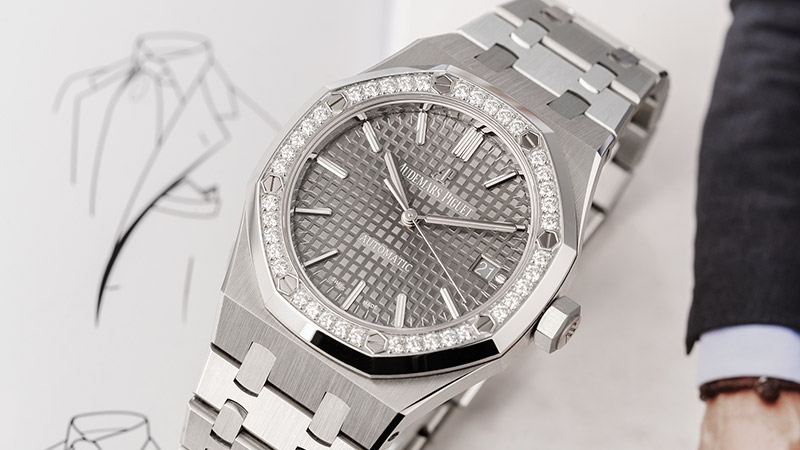Most Swiss ski resorts have a local language which, if you are conversant in it, is clearly going to get you around the slopes and hostelries. Other languages may also be catered for – Romansh ski communities tend to understand German and often Italian, Schweizerdeutsch-speaking areas also speak German and often French and English, and a lot of French-speaking resorts have many people who work in tourism able to speak English. Italian resorts in Switzerland are mainly small and you will usually need to speak Italian to make yourself understood.
However there are variations in the language spoken. Schweizerdeutsch, the dialect spoken in most of Switzerland, is very different from High German or Swiss Standard German, and even varies from community to community to the extent that a dialect in one area may be unintelligible in another. Furthermore Swiss Standard German is also distinct from High German in some key regards, and often spoken with additional variances by the Swiss in phrasing and words unfamiliar to a native German speaker.
Italian spoken in Switzerland is very similar to Italian spoken in Italy, with a few words (known as calques), mainly derived from French, that are different.
Swiss French is also close to the French spoken in France, but still has distinct words and phrases, particularly as you move further from the border. The most notable are that in Swiss French 70 is Septante, 80 is usually Huitante (but not in some areas), and 90 is Nonante.

Valais is the canton where Swiss French differs most from standard French, and some of the variances are carried over the French border into the Chamonix area and over into Italy, in Valle D’Aosta. At its most extreme, the French is so distinct from modern French that it represents a patois, with origins in Celtic and Latin languages as well as ancient French.
French patois, like Schweizerdeutsch, varies from community to community. However, unlike Schweizerdeutsch, it has been in decline for decades. One notable exception has been Evolène, in the Val d’Hérens, which has bucked the trend and seen an uptake in usage in recent years.






